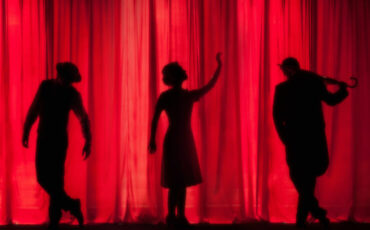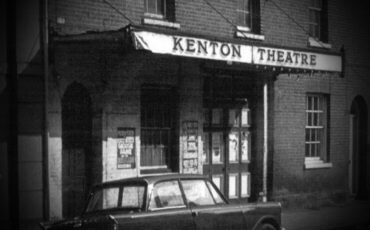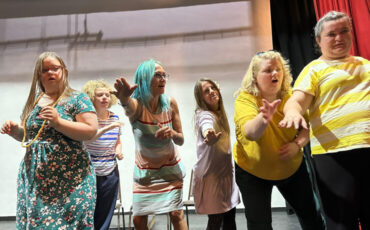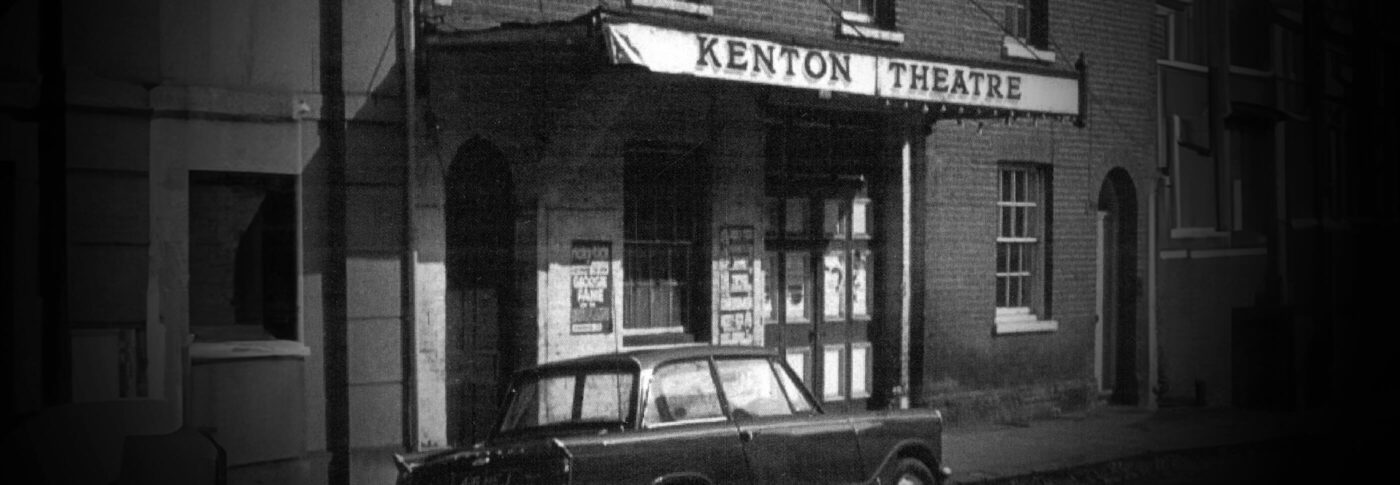
History
The Kenton is the fourth-oldest working theatre in the UK.
With a history that has flowed through Henley-on-Thames for more than 200 years, the theatre has been presented with constant change, requiring it to go with the current and adapt to new challenges.
The beginning…
Where does the story of The Kenton Theatre begin? Arguably with beginning of Tudor reign in 1485 when Henry Tudor defeated Richard III at the Battle of Bosworth. Thus, ended the rule of the Plantagenets and the medieval period and England moved into Tudor Times.
The country became more prosperous and one area where people began to spend their extra wealth was on entertainment – especially dramatic performances.
In 1503 four plays were performed in Henley, most likely in front of St. Mary’s Church or in the open space known as Broadgates, which is where the Stuart Turner building currently stands. The plays were: The Three Kings of Cologne, John Sharp, The Resurrection and Robyn Hode.
Over the years, Henley became the home of a number of aristocrats and gentry who encouraged plays to be performed either in their homes or in converted barns. Very often they joined the cast of the play, thus starting a tradition of amateur theatre which still exists in Henley today.
In 1503 a site in New Street was willed to Robert Kenton. By 1632 the site was occupied by 5 cottages which Robert Kenton’s grandson, also named Robert Kenton, owned and who bequeathed the cottages to the Corporation of Henley. They were used as the town workhouse until 1790.
The birth of a theatre
Jonas and Penley had a theatrical touring company and it first arrived in Henley in 1798. They were permitted to perform a season of their plays, in the area behind the Broad Gates Inn in Market Place. It was a resounding success, attracting full audiences.
The population of Henley at the time was approximately 3,300 people and consisted of a large number of nobility and gentry who lived in the area. Jonas and Penley thought it made good business sense to build a permanent theatre in Henley.
They leased the land the old workhouses stood on, which had become derelict, from The Corporation, and hired a local builder, William Parker, who designed and erected the new theatre. Mr Mortram, of the Theatre Royal in Drury Lane, London, was engaged to design the décor and supervise the painting. The building cost just under £2,000 and on November 7th, 1805 the theatre, christened “The New Theatre” was opened with the comedy “The School of Reform” or “How to Rule a Husband”
After a successful opening they continued to attract considerable business with a variety of plays performed to full houses. However, over time, interest waned and by 1813 Jonas and Penley decided to close the theatre and sold the lease.
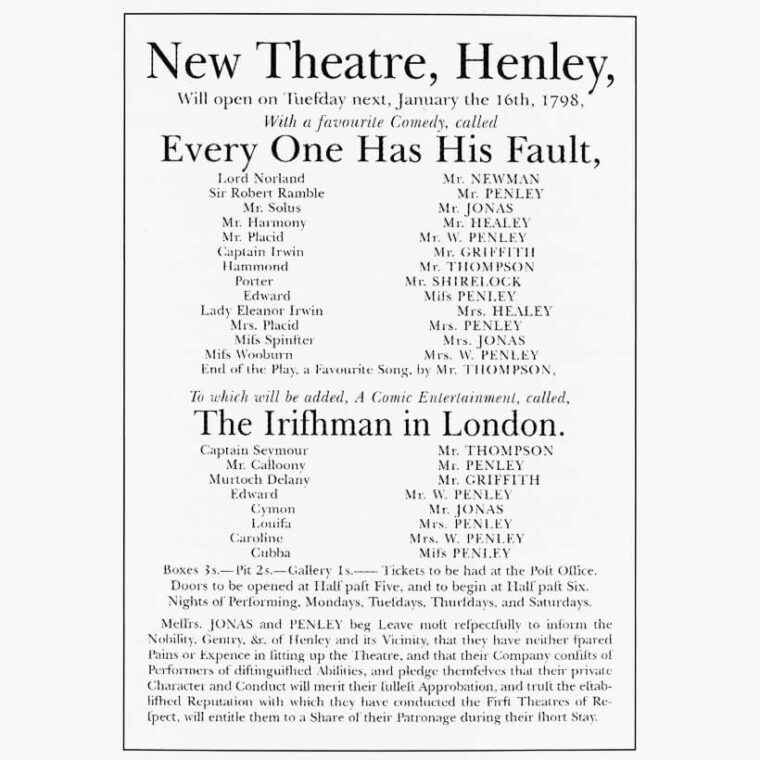
An ever-changing landscape
In 1813 the building became the Congregational Hall and then a National School. It continued to be used as a school until 1848 when it was abandoned and left empty for almost three years. It then became a church in 1854 as a temporary home to St Mary’s Church which was undergoing refurbishment, then a church hall, named St. Mary’s Hall and then a wash house before re-opening as a theatre called St. Mary’s Hall in 1892. The theatre put on a variety of productions including operas, plays, minstrel shows, ventriloquists, variety and magic shows.
A rose by any other name…
In 1904 Henley Town Council took over the theatre’s lease and renamed the building ‘Kenton Hall’. Its use began to decline and in 1910 Mr H.E. Chattel took over the premises. He extended the building at the rear and turned it into a workshop, which remained closed to the public for the next 21 years.
The theatre reopened in 1930, but confusion remained about the name as it was referred to as both the ‘Kenton Hall’ and the ‘New Theatre’.
In 1939 Sidney Foster changed the name to ‘The New Playhouse’ and took over the running of the theatre.
In 1946 Foster retired and the theatre was taken over by Brakspear & Sons under the management of Yvonne Le Dain. The expense of producing a new play each week meant that the theatre was not proving profitable and again its future became uncertain. A number of groups continued to mount productions but struggled to attract large audiences.
In 1951 local artist John Piper and his friend Dr Alan Hartley took over the lease. With the help of volunteers, they carried out considerable alterations to the stage and auditorium.
Piper designed and painted a proscenium arch with Corinthian columns and a broken pediment to give the illusion of depth. The windows were opened up and re-curtained and the auditorium was decorated in late Regency style in dark pink and red.
To celebrate the reopening, the theatre was officially named the ‘Kenton Theatre’.
By the early 1960s the number of local amateur groups using the theatre had risen considerably and the theatre’s fortune appeared to be looking up. However, in 1963, the theatre had fallen into disrepair again and on the recommendation of the local fire officer, Henley Town Council closed the theatre.
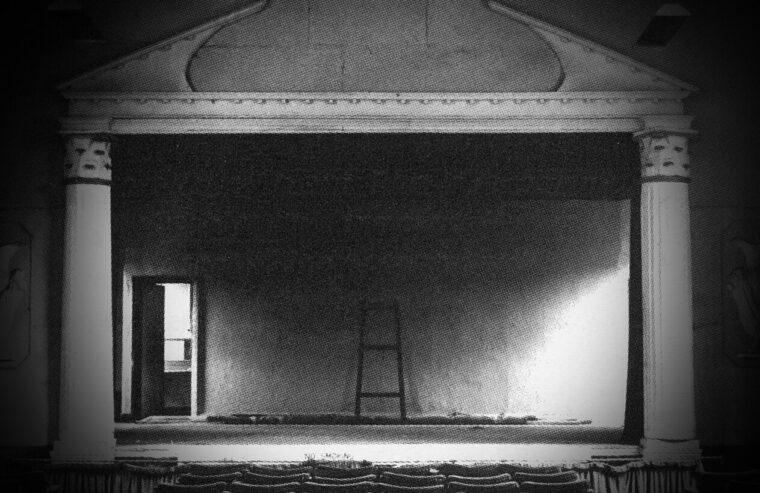
Never give up
The interest and support of creative arts in Henley is deeply embedded. Therefore, in 1964 it is no surprise that the Kenton Theatre Restoration Committee was established to save the theatre. £12,489 was raised for essential repairs on the building. Work began the following October and the theatre reopened on 20 March 1967, almost four years after the closure. Importantly, a charitable company was founded to focus the activity of the theatre with the aims to:
“encouragement of the Arts, including the arts of drama, mime, dance, singing and music and the repair, restoration and preservation of the Kenton Theatre”
Additionally, the first professional manager was hired in the hope of keeping the Kenton theatre open throughout the year for use by the best professional and amateur productions – dramatic and musicals – that could be attracted to Henley. Happily, the theatre has remained open ever since.
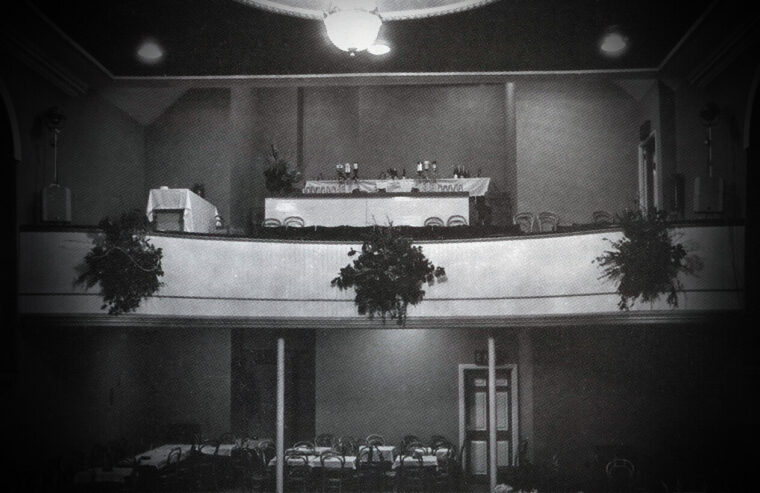
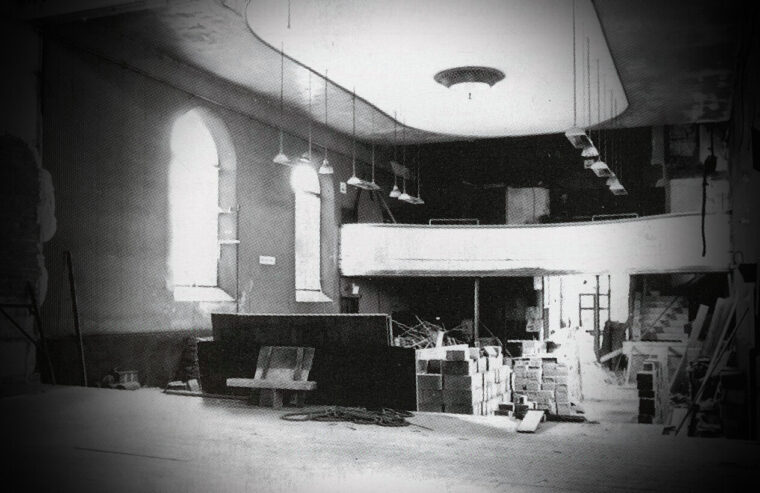
Kenton for Keeps
In 2010 the trustees of the Kenton had the opportunity to buy the freehold of The Kenton Theatre from its landlords the Henley Municipal Charities with the aim of ensuring the people of Henley would have the certainty of a theatre in perpetuity. £300,000 was raised, mainly from the people of Henley, and the purchase was complete on 20 August 2010.
A well-trod Stage
The Kenton has enjoyed performances from many of the UK’s best known performers over the years including: Diana Rigg, Kate Winslet, Simon Williams, Barry Howard, Rula Lenska, Celia Johnson, Richard Todd, Anthony Newley, Tom Baker, Christopher Cazenove, Roy Hudd, Vince Hill, Lucy Fleming, Robert Morley, Diana Dors, John Mortimer, Jeremy Irons, Constance Cummings, David Essex, Sylvia Simms and many more.
In recent years performers have included Michael McIntyre, Georgie Fame, Hayley Mills, Chris Barber, Dara O’Briain, Diana Rigg, Russell Brand, PP Arnold, Greg Delaney and Marti Webb. Most recently The Kenton has hosted BBC Radio 4’s Kitchen Cabinet with Jay Raynor, the Reverend Richard Coles and Alan Carr.
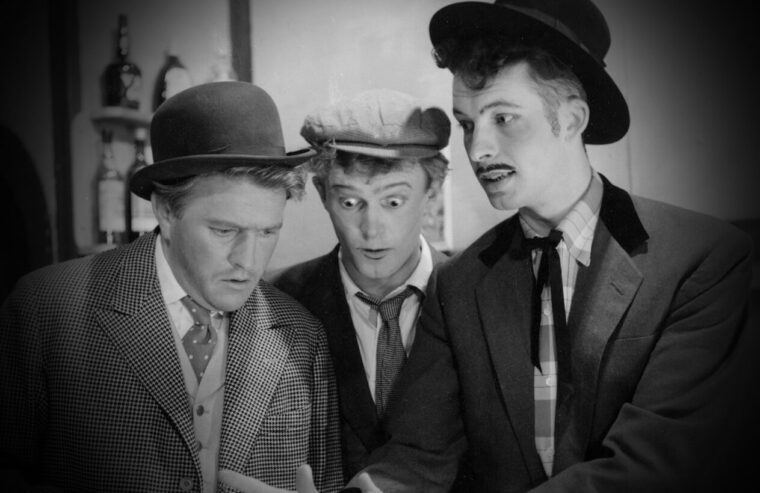
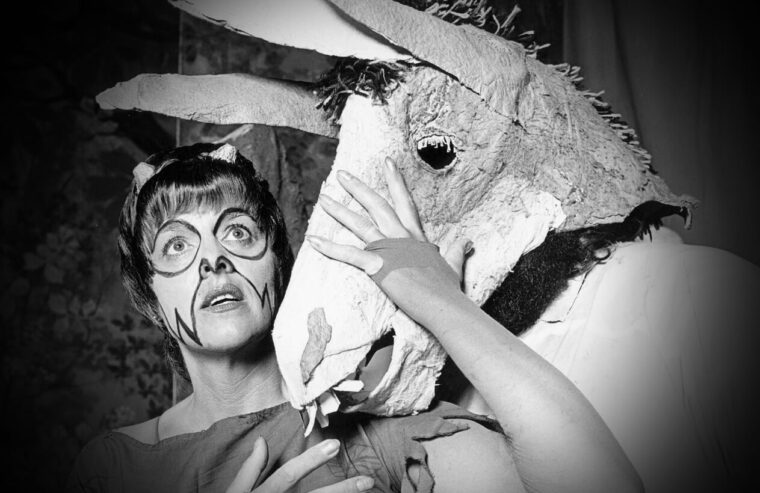
Is there a ghost in the house?
In 1969, several people began to talk of odd occurrences in the theatre usually when they were alone. This included mirrors being smashed, doors opening and closing, lights being turned on or off, and seats banging up and down. There were also reported sightings: a woman in grey walking from the dressing rooms and then through a wall. Another time, singers on stage reported seeing a woman walk across the back of the stalls and through the wall into The Green room. When these occurrences happened frequently the temperature would drop but when they ended the temperature rose again.
Some people associate these supernatural occurrences with Henley’s Mary Blandy who was hanged in 1752 for allegedly killing her father by arsenic poisoning. Mary is buried in the chancel of St Mary’s Church.
